Forefathers Gather at Historic First Continental Congress
The First Continental Congress was a key link in the chain of events that led to our nation gaining its independence from England. This brief convention brought together most of the influential leaders from colonial America to determine an answer to Parliament’s recently enacted Coercive Acts.
These Acts, dubbed the Intolerable Acts by Americans, had been passed in early 1774 in retaliation for the Boston Tea Party of December 1773. This significant event in which some of the residents of Boston had destroyed well over $1 million worth of East India Tea had left English officials in a tight spot. They could not allow this sort of lawlessness to go unpunished.
To reassert their authority, in March 1774, Parliament passed a series of four laws. This collection, among other things, closed the port of Boston until someone paid for the destroyed tea, revoked the Massachusetts Charter which governed the colony and replaced it with Parliamentary control, allowed royal officials accused of a crime to be tried in England instead of the colonies, and expanded the requirement that the colonies provide quarters for British troops stationed in America.
Needless to say, these punishments did not quiet our ancestors, but instead made the situation worse. They reasoned if Parliament could take such action against Massachusetts, the other colonies could face the same fate. Consequently, each colony, even those distant from Massachusetts, organized committees of correspondence, a communication network of like-minded citizens, to plan their next step.
The Thirteen Original Colonies in 1774
It was decided to convene a Congress of delegates from each of the colonies and formulate a united response. The meeting was held at Carpenters’ Hall in Philadelphia from September 5 to October 26, 1774.
This group of fifty-six men who included future Presidents George Washington and John Adams selected Peyton Randolph of Virginia to lead the convention. Twelve of the thirteen colonies sent delegates, with only Georgia, because of loyalist sentiments, choosing not to attend.
The meeting consisted of two basic camps. The conservative element who wanted to reconcile with the Mother Country was led by John Dickinson and Joseph Galloway of Pennsylvania. The more radical group, led by John and Samuel Adams of Massachusetts and Patrick Henry of Virginia, wanted to be more assertive in stating their inviolable rights as Englishmen.
Galloway initially proposed a Plan of Union which called for an American united assembly, something akin to England’s Parliament. This body would work with the British government to determine policies by which the North American colonies would be governed. In many ways, it resembled Benjamin Franklin’s Albany Plan from 1754. However, Galloway’s idea was quickly rejected.
From there, debate centered on how aggressive to get with the Ministry in England. It was finally agreed that Congress would submit two documents to officials in Great Britain. The first was the Petition to the King which listed colonial grievances and asked King George to intervene. When this request was presented to English officials, neither the King nor Parliament bothered to send a reply.
The other document was the Articles of Association, sometimes called the Continental Association, which called for the immediate non-importation, or boycott, of all British goods. The effect was dramatic as imports from Great Britain to its American colonies fell by 97 percent in 1775. It also called for a ban on exports to take effect in one year if matters had not improved.
Most importantly, Congress called for a subsequent meeting to convene on May 10, 1775. Little did they know this next gathering, later called the Second Continental Congress, would take place in the shadow of the Battles of Lexington and Concord and a country already at war.
WHY IT MATTERS
So why should the First Continental Congress matter to us today? This historic gathering of our Forefathers was the first “national” assembly at which the complete separation from England was openly discussed. Although an aggressive stance was not adopted by the delegates, the seed of independence was planted in the minds of those present.
Additionally, we must remember these courageous men were all British subjects and most of them wealthy. They had a lot to lose by standing up to England and asserting their rights. That sort of conviction is deserving of our respect.
SUGGESTED READING
John Ferling’s book A Leap in the Dark is an excellent account of this tumultuous time. Written in 2003, it provides detailed background on the events that led to our nation’s independence and the men who shaped our republic.
PLACES TO VISIT
Carpenters’ Hall in Independence National Historical Park in Philadelphia is a great place to visit. The site of the First Continental Congress, it is a beautifully preserved building in the “City of Brotherly Love,” and well worth a visit.
Until next time, may your motto be “Ducit Amor Patriae,” Love of country leads me.

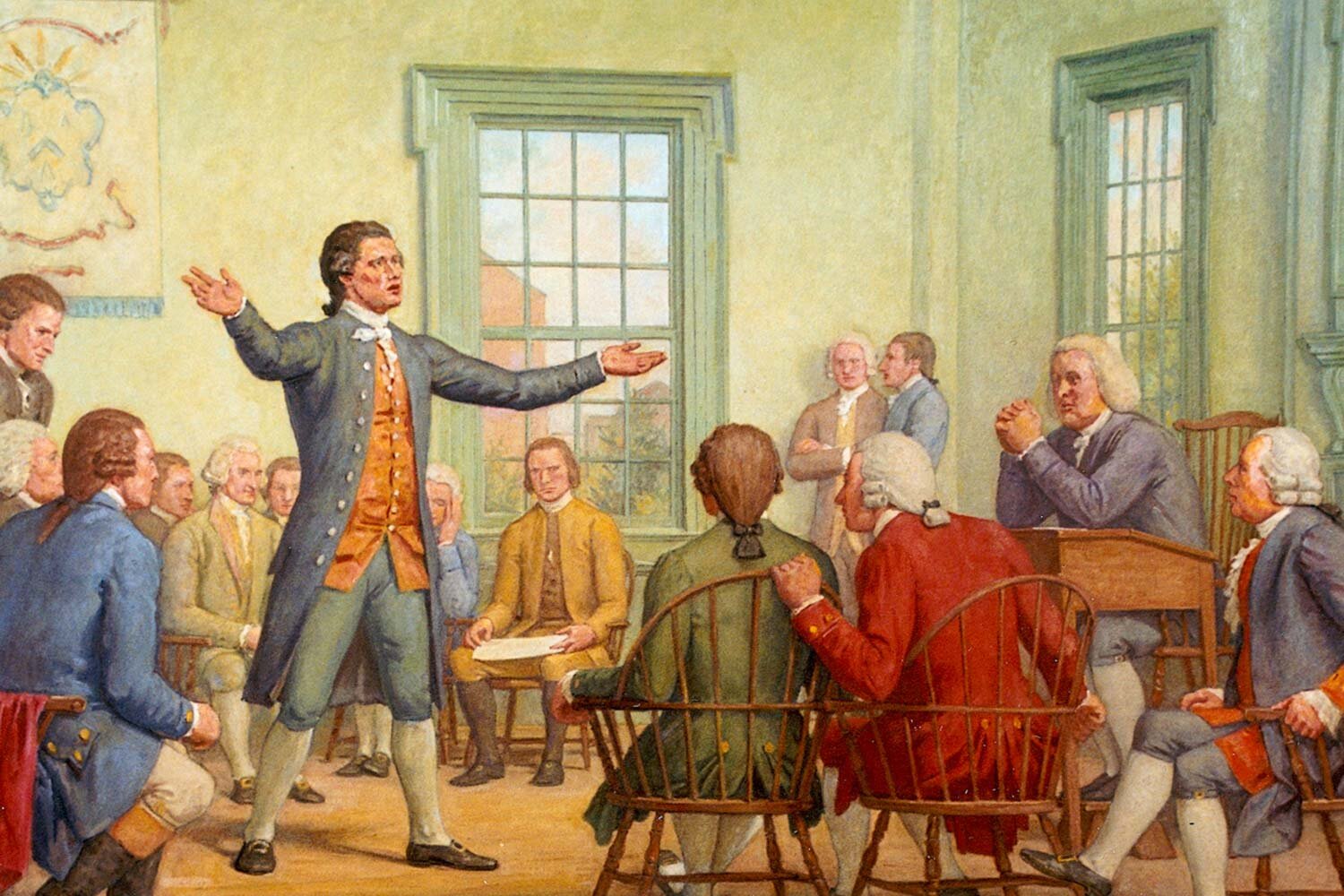

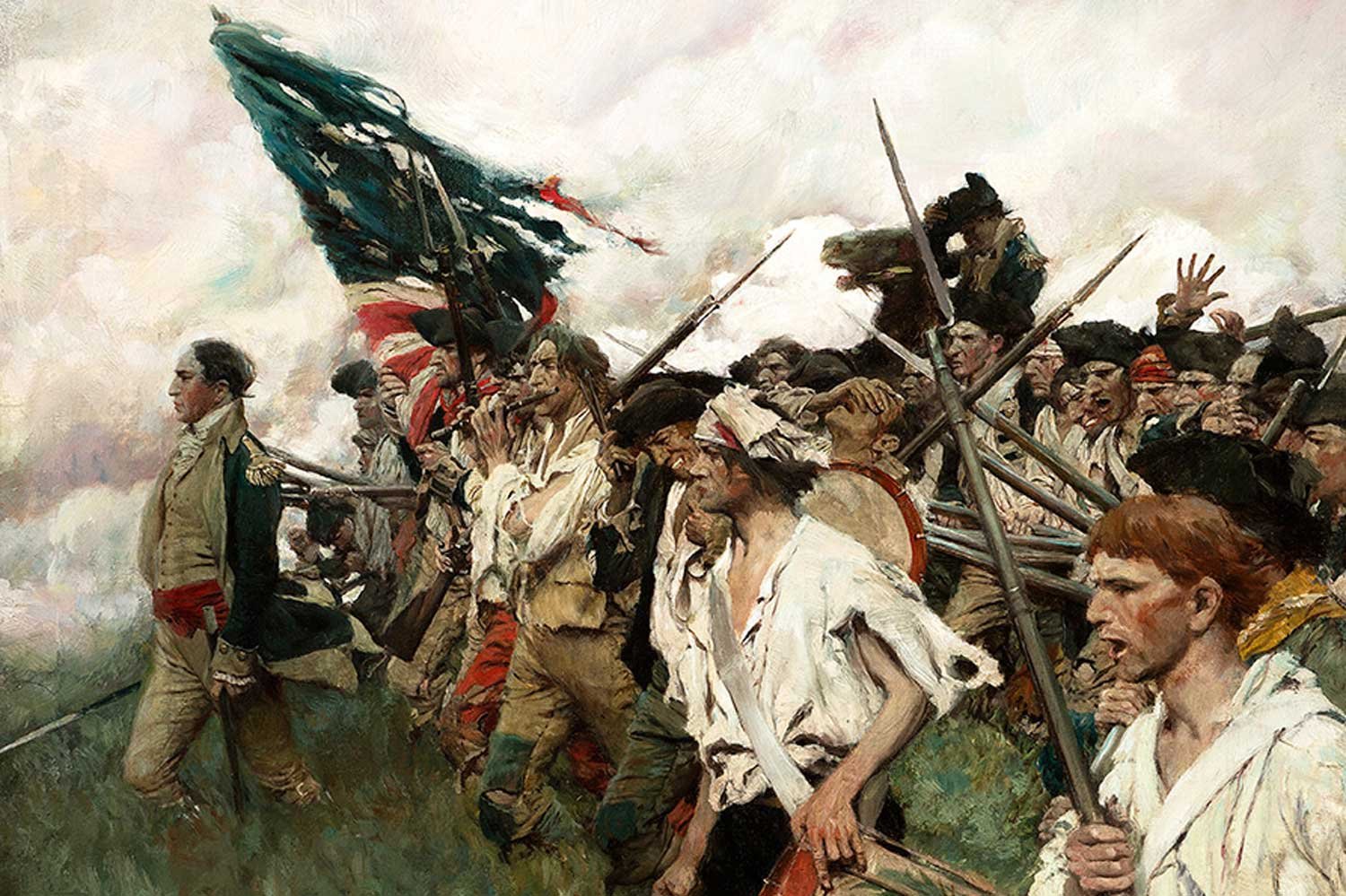
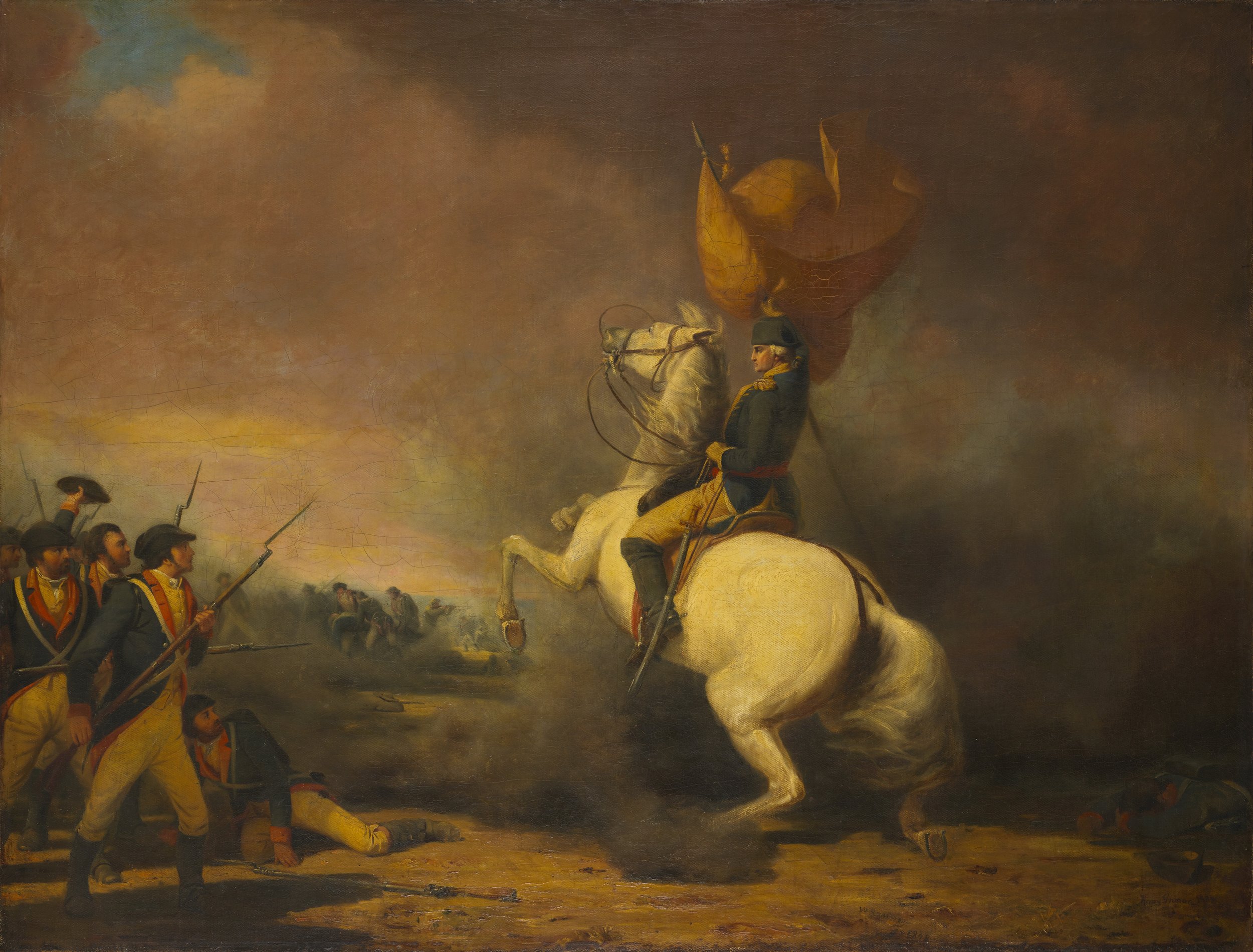
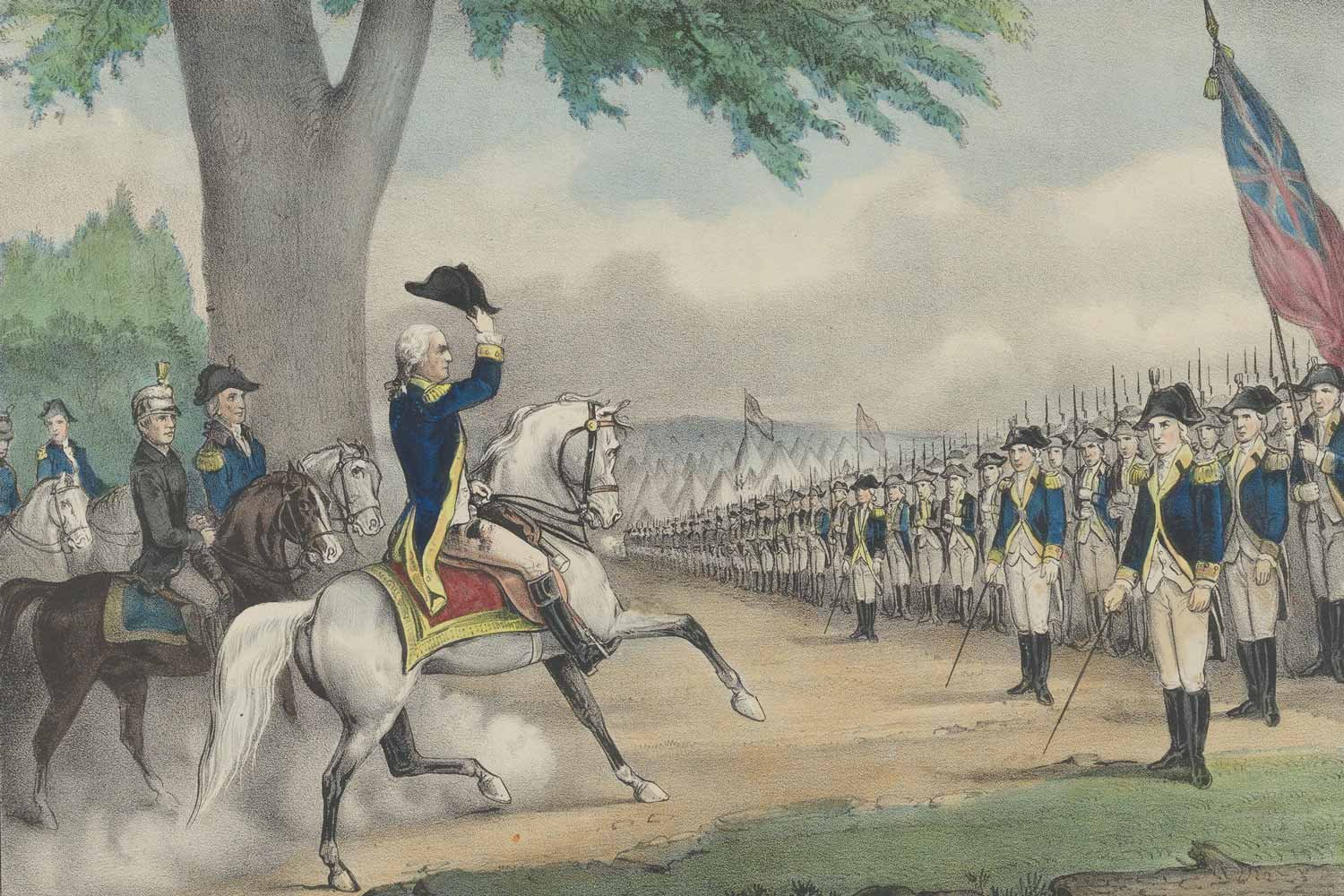
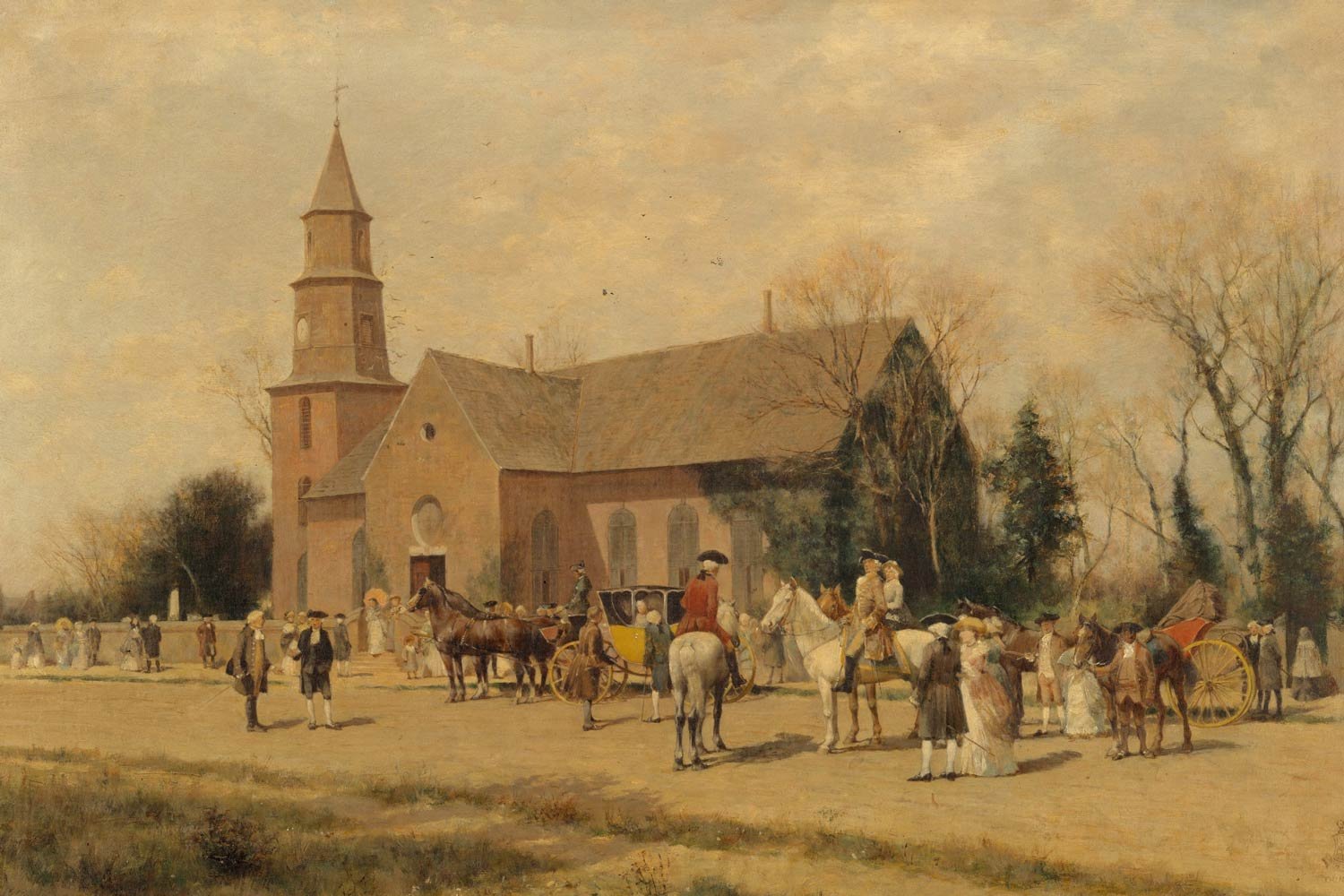
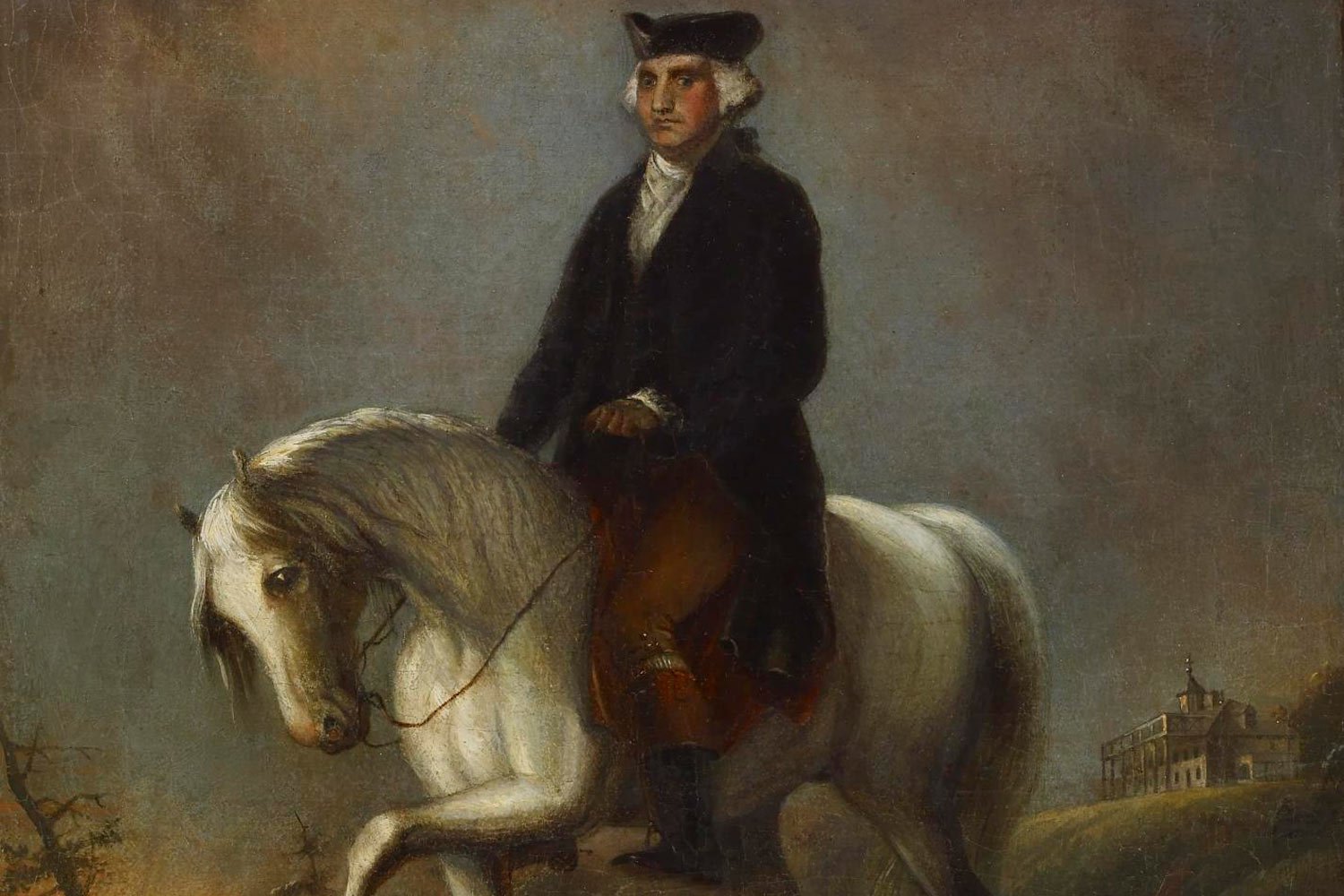
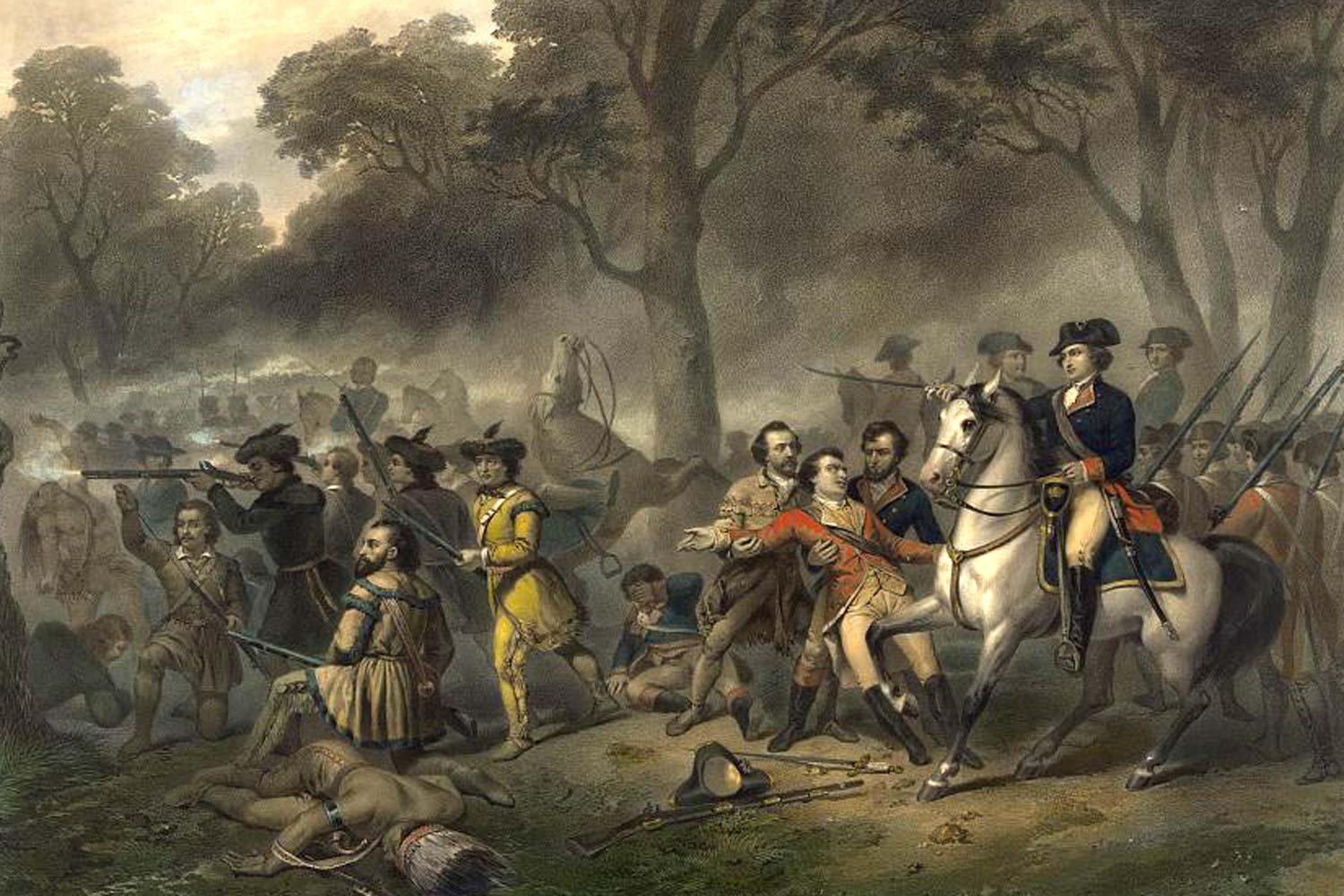
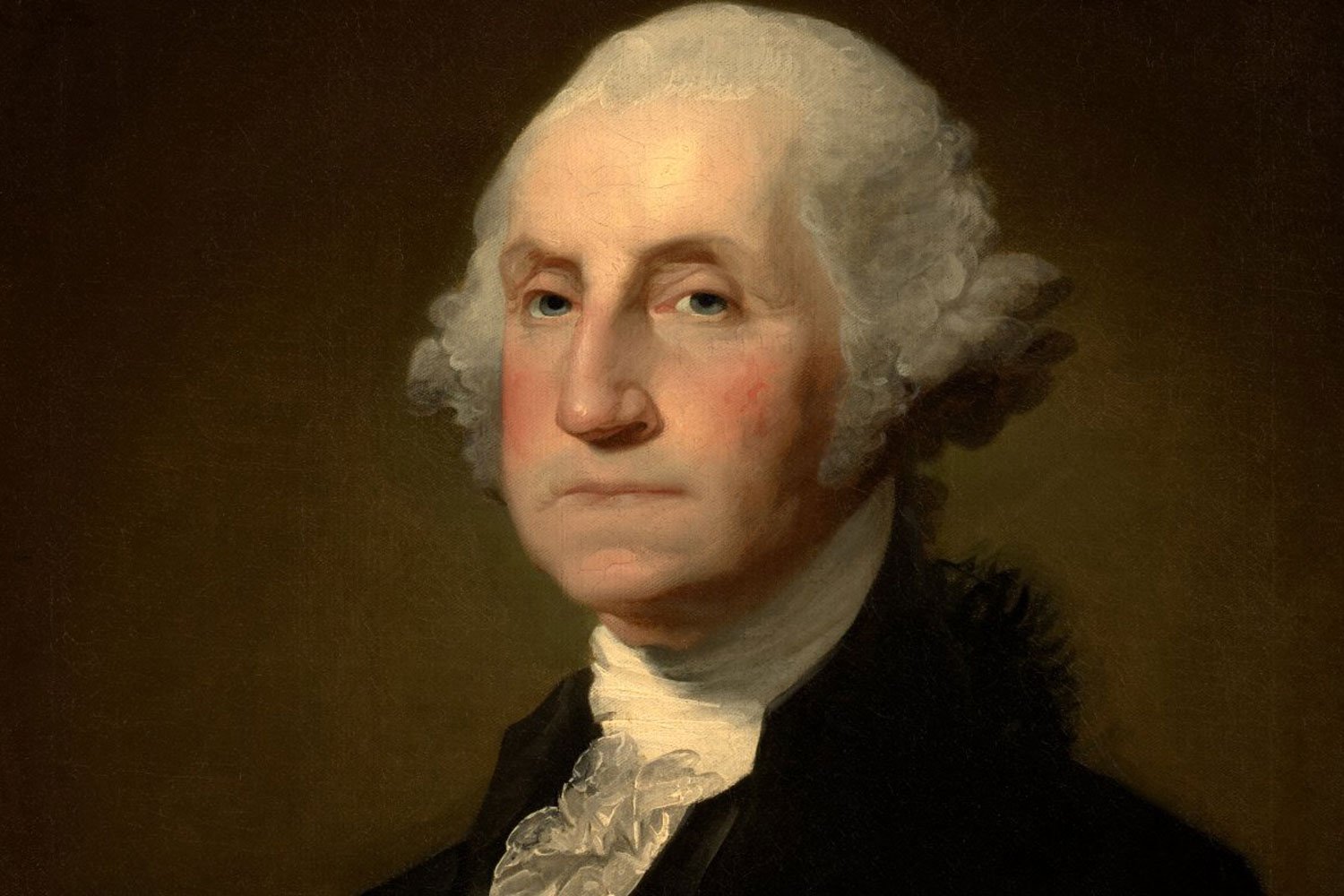
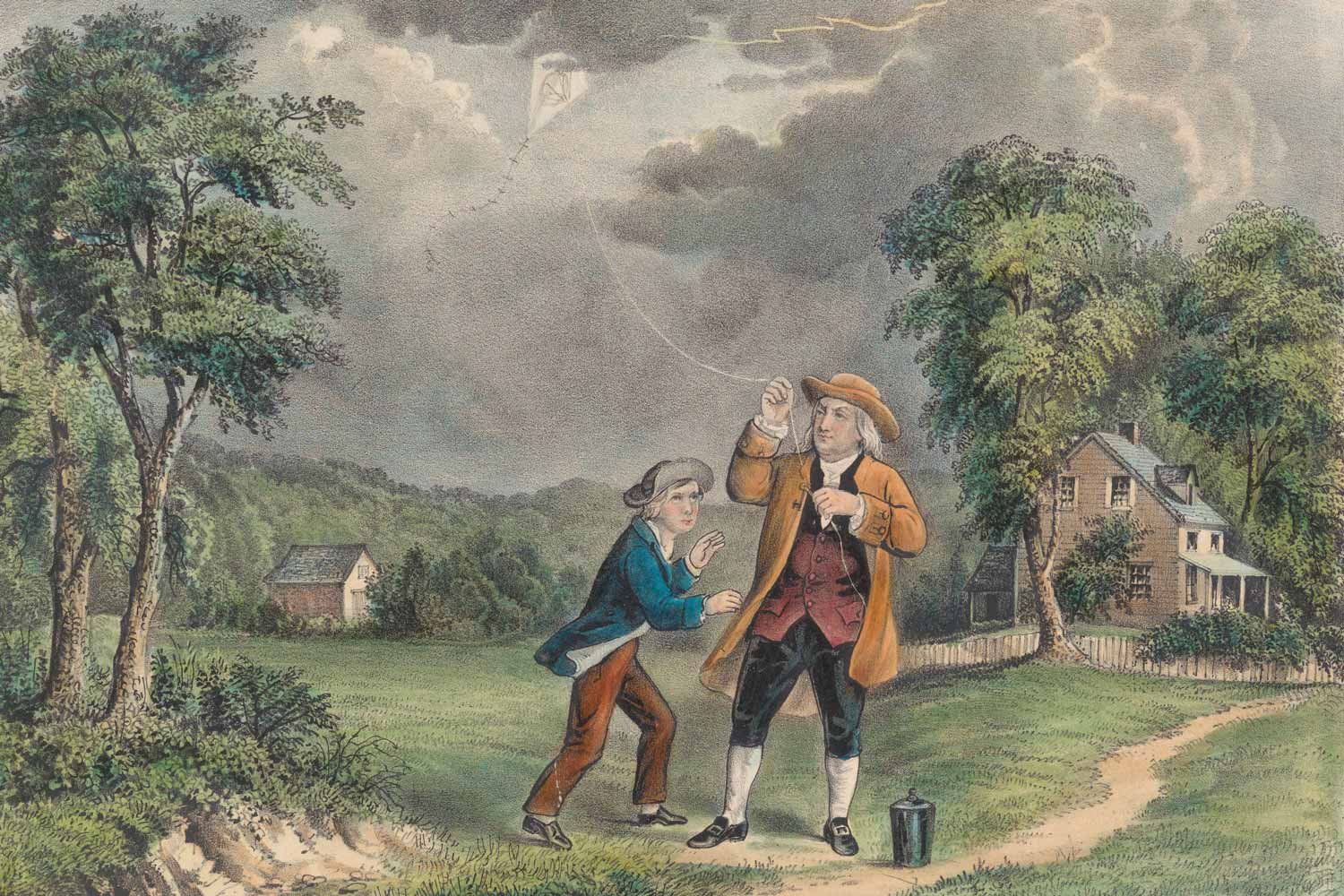
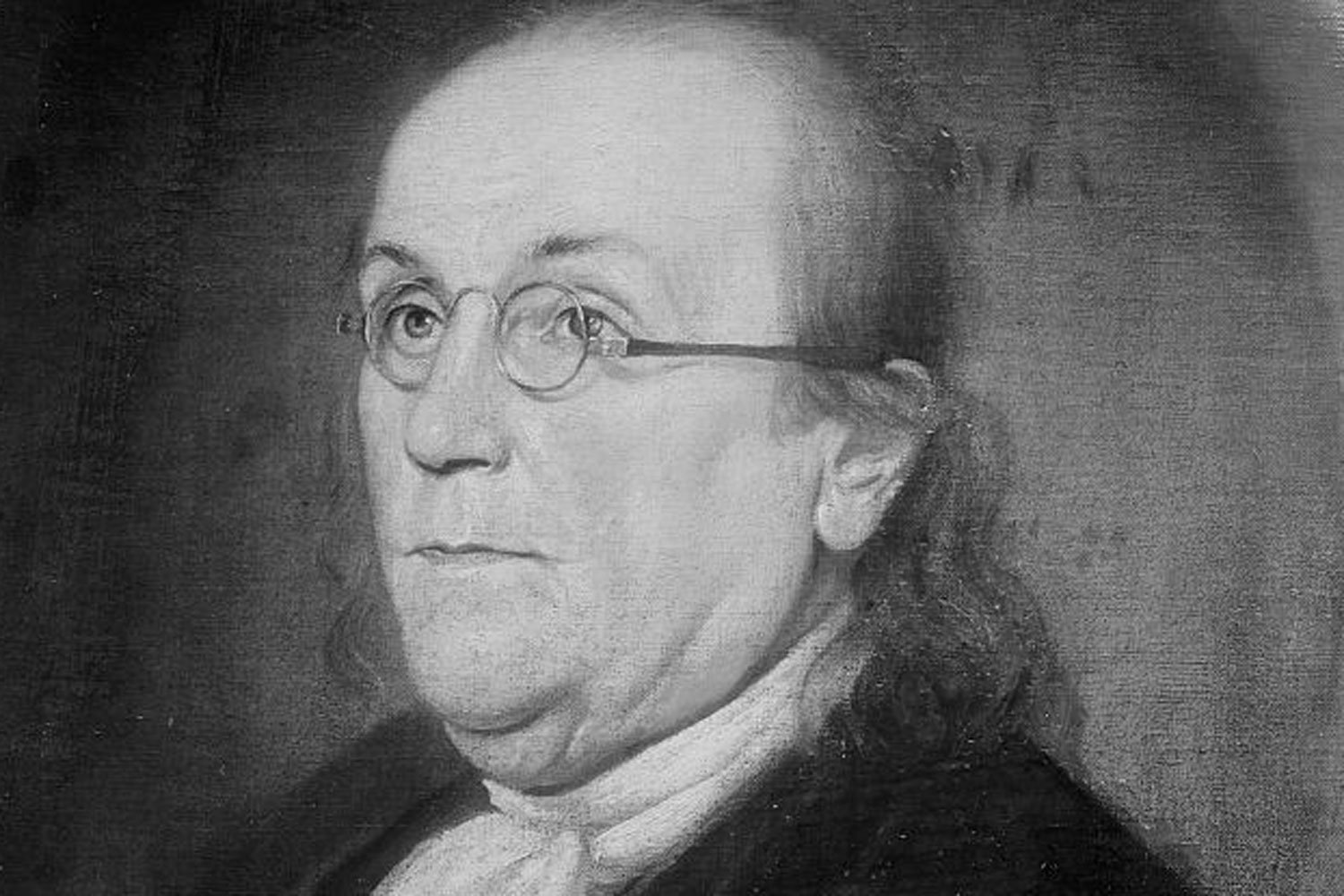
In December 1777, following the loss of Philadelphia, our nation’s capital, General George Washington moved his Continental Army to Valley Forge for the winter. It would prove to be a desperately hard winter for the soldiers, with conditions that might have broken the spirit of less determined men, but one from which the American army emerged a more professional fighting force.